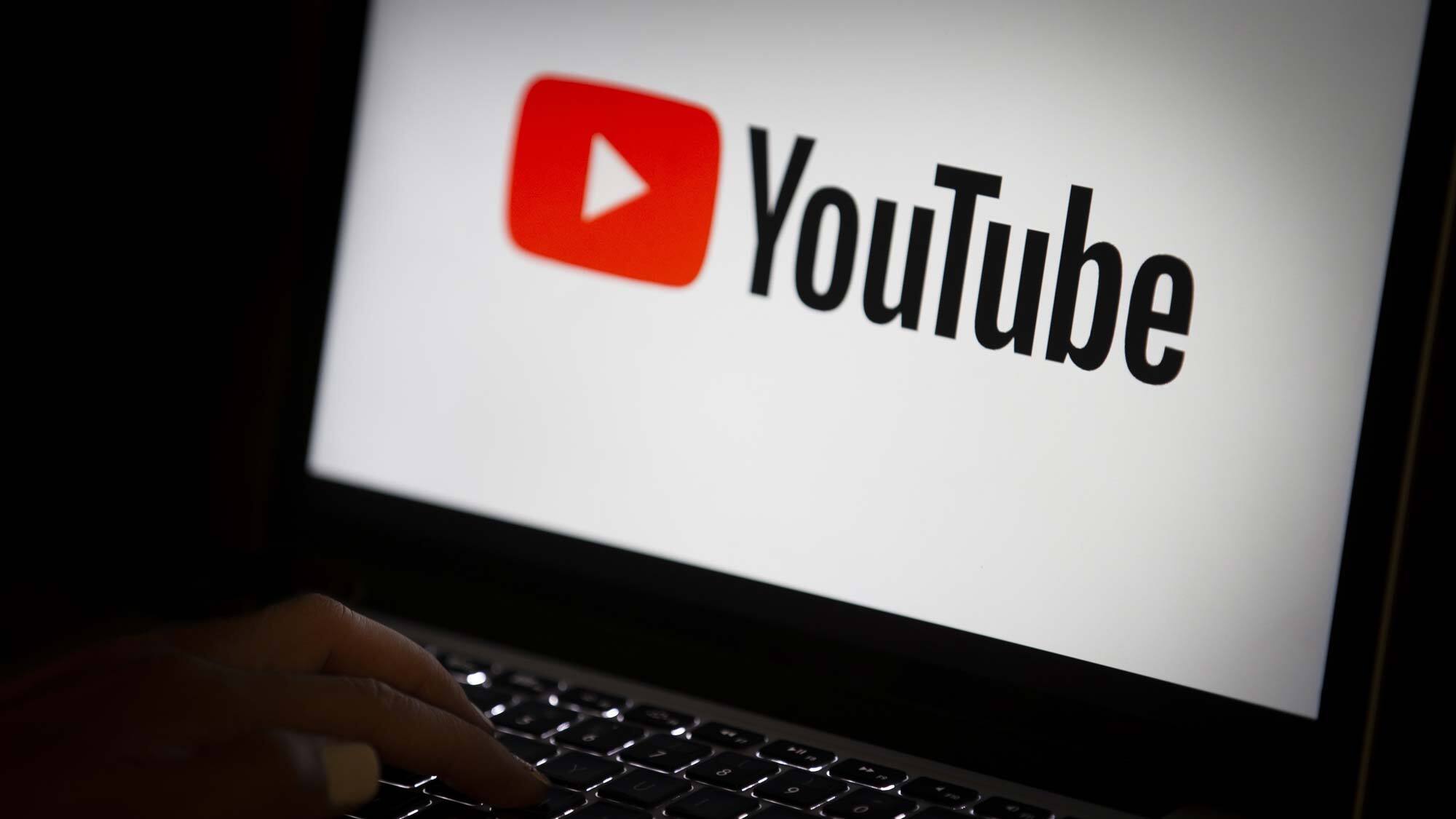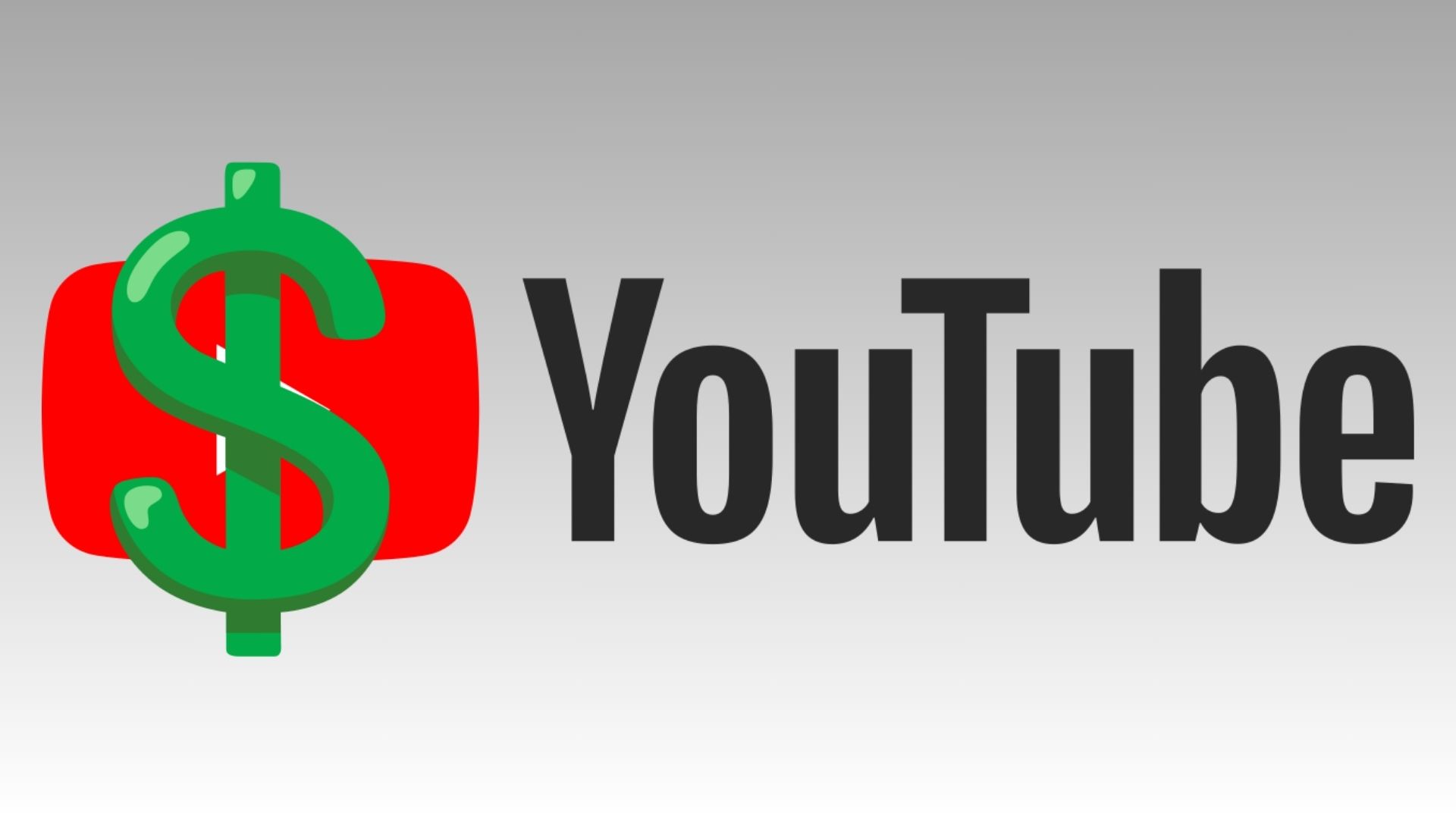YouTube has taken a drastic step in its war on ad blockers
YouTube takes aim at mobile ad blockers without addressing why people use them

On April 15, 2024 YouTube announced that it will be enforcing stronger bans on third-party ad blocking apps for mobile users. The crackdown could make YouTube unusable on some ad blocking mobile apps, forcing users to switch to the official YouTube app and pay up for YouTube Premium to get ad-free viewing. Are ad blockers the root issue, though, or is the placement of YouTube's ads the real problem?
Here's a quick look at YouTube's latest move in its war against ad blocking and the controversy surrounding it.
Third-party ad blocking apps may no longer work with YouTube

YouTube announced in a Google Support community post on April 15, 2024 that it will be cracking down on third-party ad blocking apps. The move specifically targets mobile apps, citing ad blocking as a violation of YouTube's Terms of Service.
What does that mean for users? Bad news, potentially. The announcement states that users trying to watch YouTube videos using third-party ad blocking apps may begin experiencing extended buffering times or even the error message "The following content is not available on this app."
This crackdown follows a similar strategy YouTube began testing last June, which used a "three strikes" system. After three videos, YouTube disabled video playback for users running ad blockers.
This time, YouTube appears to be focusing specifically on third-party mobile apps. So, if you prefer to watch YouTube using a third-party ad blocking app, you might have to switch to the official YouTube mobile app or another platform. Of course, that means watching ads, leaving you with no alternative but to pay for YouTube Premium.
Are ad blockers really the issue on YouTube?

YouTube's war against third-party ad blocking tools and apps keeps coming back to themes like "ads support creators" or "just pay for YouTube Premium." Are things really that black and white, though? Are the ads themselves even the root issue?
Sign up to receive The Snapshot, a free special dispatch from Laptop Mag, in your inbox.
Creators don't make money on every ad that interrupts their videos and even when they do, it's not much. To earn a significant amount of money through ad revenue, creators first have to qualify for the YouTube Partner Program. Even within this program, creators have to follow strict guidelines to keep their monetization privileges.
Even if a creator qualifies for this program, they still can't decide which ads get shown before, during, and after their videos, meaning their viewers could be forced to watch an ad that contradicts the creator's values or channel goals. If viewers skip ads (as most do), the creator doesn't make any money.
In the rare case that someone watches an ad all the way through, creators typically only earn a few cents. That means creators need to get hundreds of thousands of views to make a significant amount of money from ads.
So, it's no surprise that most YouTube creators use external streams of revenue
rather than counting on income from ads alone. Sponsorships and Patreon subscriptions have become staples on YouTube. So, ad blockers aren't cutting off the main income stream for many creators these days.
That brings us back to the question of ads themselves. Is YouTube trying to solve the wrong problem? Many people, myself included, wouldn't care about watching ads if their placement in YouTube videos was more predictable.
For instance, if YouTube only showed ads at the beginning of videos and removed mid-roll ads, plenty of people probably wouldn't care about having their ad blockers disabled. It's the unpredictable, random placement of mid-roll ads that's frustrating a lot of viewers and pushing people to use ad blockers. Unfortunately, YouTube seems to be determined to focus their attention on the ad blockers rather than making ad placement more content-friendly.
How to block ads on YouTube without third-party apps

If you've been happily watching YouTube ad-free using a third-party ad blocking app, this news is probably a bummer. Unfortunately, there aren't a lot of options for blocking ads on mobile devices. Depending on how broadly YouTube ends support for third-party ad blocking apps, mobile users may simply need to pay for YouTube Premium or deal with the ads on the YouTube app.
YouTube Premium isn't cheap, though. It starts at $13.99 per month (or $139 per year) for an individual plan or a whopping $22.99 per month for a family plan. There's a discounted $7.99 per month plan, as well, but it's only available to students (meaning it requires annual verification with an educational email address).
If you can't afford those rates (or simply don't want to pay), you may be out of luck on mobile devices. However, ad blocking still seems to be working on laptop and PC through browser extensions. So, you can always stick to using the web browser version of YouTube. With the way YouTube's stance against ad blockers continues to progress, though, browser extension ad blockers may not be an option for much longer either.
We will continue to cover updates and news surrounding YouTube's ad blocking ban, so make sure to stay tuned for more info.
MORE FROM LAPTOP MAG
- M4 MacBooks: A timeline of when to expect Apple's next-gen laptops
- How to save YouTube Shorts songs to YouTube Music
- MSI Claw review: Shamefully declawed

Stevie Bonifield is a freelance tech journalist who has written for PC Gamer, Tom's Guide, and Laptop Mag on everything from gaming to smartwatches. Outside of writing, Stevie loves indie games, TTRPGs, and building way too many custom keyboards.
